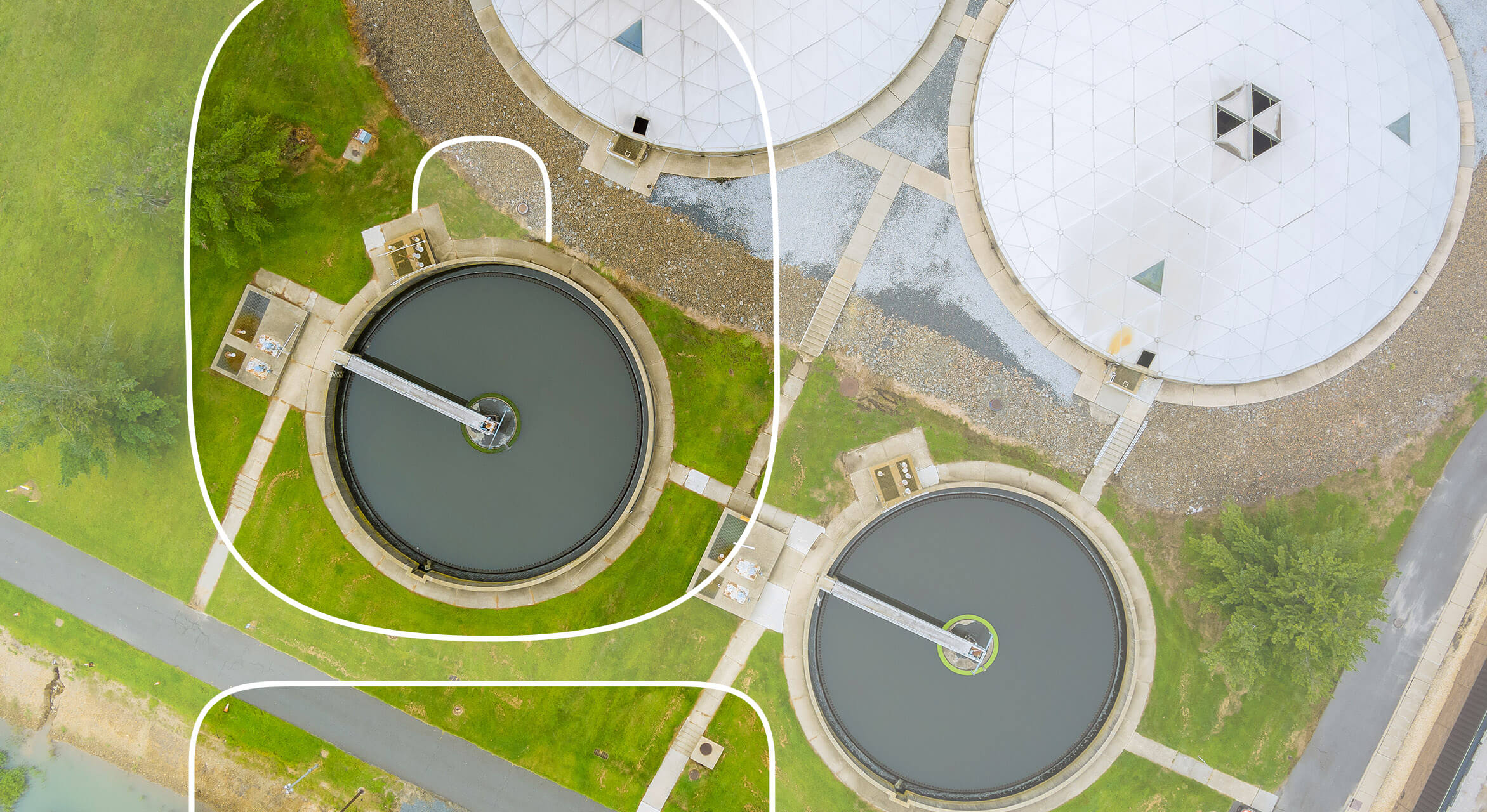Understanding the Significance of Proper Wastewater Management
Understanding the Significance of Proper Wastewater Management
Blog Article
Understanding Wastewater Therapy Processes and Their Environmental Influence
The complexities of wastewater treatment processes play a critical role in mitigating environmental obstacles linked with water pollution. Each phase, from initial to sophisticated treatments, is developed to attend to specific impurities, inevitably protecting both public health and marine ecological communities.
Overview of Wastewater Therapy
Exactly how is wastewater transformed right into a safe source for the setting? Wastewater therapy is an essential process designed to eliminate pollutants from utilized water, thereby guarding public health and wellness and protecting ecological communities. This process begins with the collection of wastewater from domestic, commercial, and commercial resources, which is then guided to therapy centers.
At these facilities, various physical, chemical, and organic methods are used to treat the wastewater. Consequently, organic therapies, such as triggered sludge processes, use bacteria to damage down organic issue.
The treated effluent can be securely discharged into natural water bodies or reused for watering and commercial purposes, promoting resource preservation. Furthermore, the treatment procedure produces biosolids, which can be repurposed as plant foods or dirt amendments, better enhancing sustainability.
Phases of Therapy Procedures
The wastewater treatment procedure typically consists of three main stages: preliminary, primary, and secondary treatment. Each stage offers a distinct function in lowering the pollutant tons and guaranteeing the effluent meets environmental criteria prior to discharge.

The key therapy stage concentrates on the physical splitting up of suspended solids from the wastewater. Through sedimentation, much heavier bits settle at the end of sedimentation containers, developing sludge, while lighter materials, such as oils and oils, float to the surface and are skimmed off. This procedure substantially decreases the natural and inorganic load in the wastewater.
Secondary treatment is an organic process intended at additional decreasing the focus of natural issue. This phase is crucial for accomplishing the needed biochemical oxygen demand (BODY) decrease, inevitably leading to cleaner effluent all set for discharge or additional therapy.

Advanced Treatment Technologies
Following the secondary therapy procedures, advanced therapy modern technologies play a vital function in further enhancing the top quality of dealt with wastewater. These innovations are developed to eliminate residual contaminants that are not efficiently eliminated during main and second therapies, making sure the effluent satisfies strict governing requirements.
Among the extensively utilized sophisticated next therapy approaches are membrane layer filtration, reverse osmosis, and advanced oxidation procedures. Membrane layer purification, consisting of microfiltration and ultrafiltration, works in separating fine particles, microorganisms, and colloids from the water (Wastewater). Reverse osmosis uses semi-permeable membranes to remove liquified solids, resulting in top quality water appropriate for numerous applications
Advanced oxidation procedures (AOPs) utilize strong oxidants to break down natural toxins, consisting of drugs and personal care items that are resistant to standard therapy. These techniques boost the biodegradability of intricate compounds, promoting their elimination.
Another substantial innovation is making use of organic nutrient elimination processes, which especially target nitrogen and phosphorus, avoiding eutrophication in receiving water bodies. In general, innovative treatment innovations are important for accomplishing greater levels of filtration, advertising water reuse, and safeguarding public health while resolving the obstacles connected with wastewater management.
Ecological Advantages of Treatment
Many ecological advantages arise from reliable wastewater treatment processes that contribute to ecosystem health and wellness and sustainability. Primarily, these procedures dramatically minimize the release of hazardous toxins into all-natural water bodies, which aids maintain aquatic ecological communities. By removing pollutants such as heavy steels, nutrients, and microorganisms, treated wastewater reduces the threat of waterborne illness and promotes biodiversity in aquatic atmospheres.
In addition, wastewater therapy facilities often use innovative modern technologies that allow water recycling and reuse. This technique not only conserves fresh water sources however likewise decreases the need on all-natural water materials. Improved nutrient elimination from wastewater can also stop eutrophication, a process that results in algal blooms and subsequent oxygen depletion in water systems.
Furthermore, efficient therapy processes can reduce greenhouse gas discharges, particularly methane and nitrous oxide, which are typically launched during unattended wastewater disintegration. By recording and making use of biogas from anaerobic digesters, facilities can transform waste into renewable resource, consequently adding to a reduction in nonrenewable fuel source dependency.
Challenges and Future Fads
While the ecological benefits of wastewater treatment are clear, several difficulties linger that prevent optimum end results in this field. One major concern is maturing infrastructure, which usually leads to inefficiencies and enhanced functional costs - Wastewater. Numerous therapy plants were developed decades ago, and their capacities do not line up with contemporary demands, that include more stringent governing criteria and look at here greater quantities of wastewater due to urbanization

Looking ahead, there is a growing focus on source recuperation and circular economy concepts within wastewater therapy. Technologies such as anaerobic food digestion, which can produce biogas, and advanced filtration technologies are acquiring traction. These techniques not only boost treatment efficiency but also advertise sustainability.
Ultimately, resolving these difficulties calls for partnership amongst stakeholders, investment in modern technology, and a dedication to continuous study. By embracing these trends, the wastewater therapy field can evolve to fulfill the demands of an altering setting and culture.
Final Thought
In conclusion, wastewater treatment processes play an essential duty in improving ecological quality and public health and wellness. The multi-stage therapy structure, coupled with innovative innovations, properly reduces air pollution and promotes sustainable water administration.
Report this page